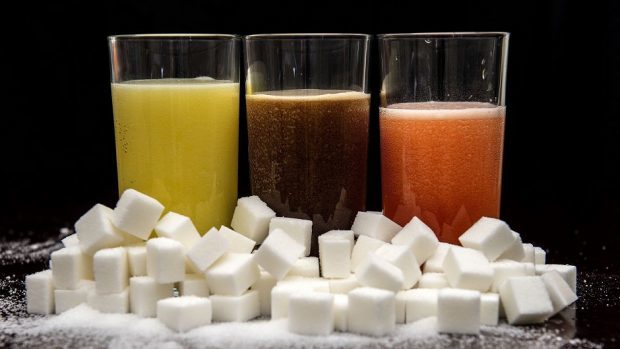Scottish youngsters are drinking almost a bathtub’s worth of fizzy drinks every year.
Shock new figures, published by Cancer Research UK, have shed light on the “shocking” consumption of added sugar by children.
The charity claimed their research showed that young people, aged between 11 and 18, were drinking an average of more than 230 cans of soft drinks a year – the equivalent of a whole bathtub.
Four to 10-year-olds drank around 110 cans, according to the figures, which experts have assessed as being about half a tub’s worth.
Professor Linda Bauld, Cancer Research UK’s cancer prevention expert, based at the University of Stirling, has demanded action from the Scottish Government, following the publication of the figures.
The charity argues that obese children are more likely to become obese adults, with weight being a factor in the development of cancer and other diseases.
Public Health Minister Aileen Campbell insisted the Scottish Government was working to tackle sugar consumption amongst youngsters.
But Prof Bauld said: “It’s shocking teenagers are drinking the equivalent of a bathtub of sugary drinks a year.
“Scotland is already sucking up the high cost of obesity and, unless action is taken, society and our health services will drown under the heavy weight of this UK epidemic.
“We know that Scots have a bigger thirst for fizzy drinks with households spending over a quarter more than other UK nations on soft drinks.
“And the nation [Scotland] has one of the heaviest populations in Europe with two in three adults in Scotland overweight or obese.
“The Scottish Government must do much more to give the next generation a better chance by protecting children from being bombarded by junk food marketing on TV, as well as the barrage of supermarket multi-buy offers on sugar-laden food and drinks.”
However, Ms Campbell responded that the administration was already developing a Diet and Obesity Strategy for 2017 and said her government was also asking Westminster to ban junk food TV advertising before the 9pm watershed.
She added: “There are clear health benefits associated with reducing sugar consumption, as part of a healthy diet.
“The Scottish Government is already investing £12million over five years to 2017 on a range of programmes to tackle the nation’s poor diet.
“We are also engaging with the food and drink industry on action to offer healthier choices, rebalance promotions, and reformulate products, with a focus on reducing calories, salt, fats and added sugar.”
